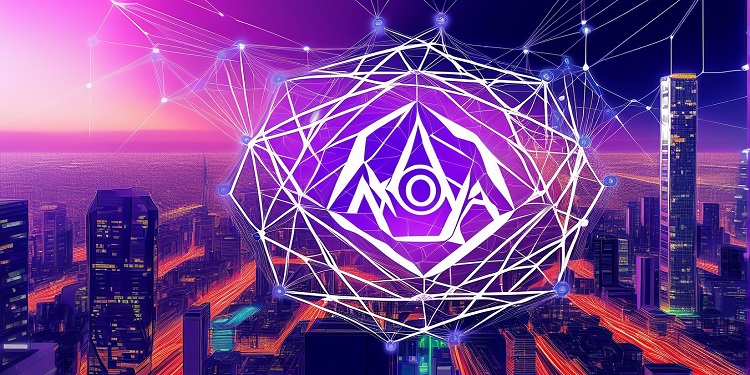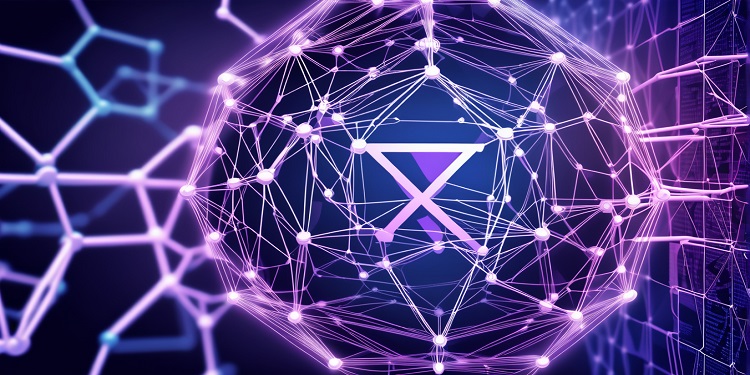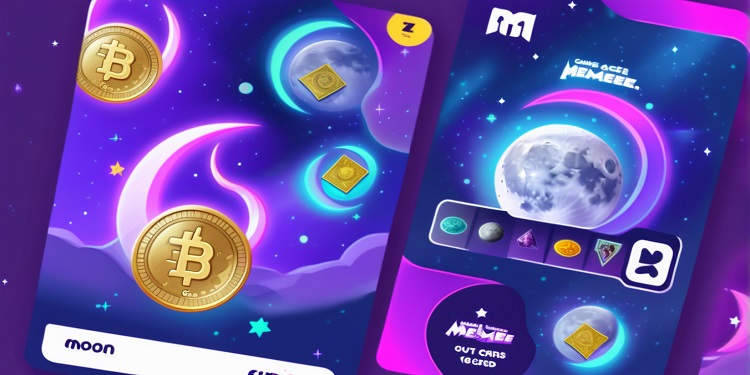Monad, an emerging Layer-1 blockchain platform, has taken a significant step forward in addressing long-standing scalability challenges within the cryptocurrency sector by launching its public testnet. This initiative represents a major milestone in the platform’s goal of enhancing blockchain performance and efficiency.
The testnet, which became operational on February 19, 2025, introduces a high-speed blockchain infrastructure designed to compete with established networks such as Ethereum. The platform showcases notable capabilities, including the ability to process 10,000 transactions per second (TPS), a rapid block finalization time of one to two seconds, and significantly lower transaction fees.
Key Technological Advancements
Monad integrates multiple advanced features to optimize blockchain performance:
EVM Compatibility: The platform is fully compatible with the Ethereum Virtual Machine (EVM), allowing developers to seamlessly migrate existing Ethereum-based decentralized applications (dApps) with minimal modifications.
MonadBFT Consensus Mechanism: The blockchain employs a custom-built consensus model aimed at ensuring high throughput and robust security.
Parallel Transaction Processing: This feature enhances network efficiency and scalability by enabling simultaneous transaction execution.
MonadDB: A specialized database system is designed to optimize blockchain operations and improve data management.
Industry experts suggest that Monad’s approach to scalability and EVM compatibility has the potential to bridge the gap between high-performance blockchain networks and the expansive Ethereum ecosystem. This capability positions the platform as a viable alternative in the growing blockchain space.
Strong Financial Backing and Competitive Landscape
Monad has received substantial investor support, securing $225 million in Series A funding following an earlier $19 million seed round. This financial backing strengthens its position in the competitive blockchain sector, where it faces established Layer-1 networks like Solana and Avalanche, as well as Ethereum Layer-2 scaling solutions such as Arbitrum and Optimism.
Despite the anticipation surrounding the release of the MONAD token, details regarding its tokenomics and distribution remain undisclosed. Initially expected to be released in the fourth quarter of 2024, the official launch date has yet to be confirmed. Analysts suggest that the platform’s long-term success will depend on its ability to attract developers and foster a thriving ecosystem, with the tokenomics strategy playing a crucial role in achieving this objective.
Developer Adoption and Industry Integration
To strengthen its market presence, Monad is prioritizing developer engagement. Its EVM compatibility serves as a significant advantage, facilitating the seamless transition of Ethereum-based projects. As a demonstration of its capabilities, PancakeSwap, a widely used decentralized exchange, has already been deployed on the Monad testnet. This integration highlights the platform’s potential for fast and cost-effective decentralized finance (DeFi) transactions.
Despite its promising features, Monad faces several challenges:
Market Saturation: The blockchain sector is already populated with numerous high-performance Layer-1 and Layer-2 solutions.
Developer and User Adoption: The platform’s success hinges on its ability to attract a strong community of developers and users.
Token Launch Uncertainty: The lack of clarity regarding the MONAD token release could impact investor sentiment and engagement.
As the cryptocurrency market anticipates potential fluctuations in early 2025, projects like Monad may encounter increased scrutiny from both investors and users.
A Critical Period for Blockchain Innovation
Monad’s entry into the blockchain industry with its high-performance testnet signifies a crucial development in the ongoing pursuit of scalable and efficient blockchain solutions. While the project exhibits strong potential through its technological advancements and financial support, its ultimate success will depend on its ability to attract developers, build a robust ecosystem, and deliver on its promised capabilities.
As the blockchain industry continues to evolve, stakeholders will closely monitor Monad’s progress. The coming months will be decisive in determining whether the platform can establish itself as a leading force in the next generation of decentralized applications and blockchain technology.









